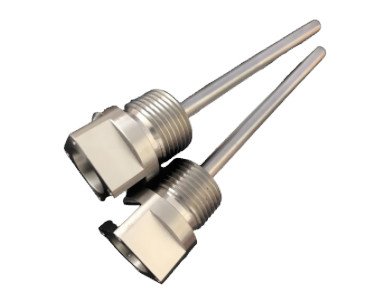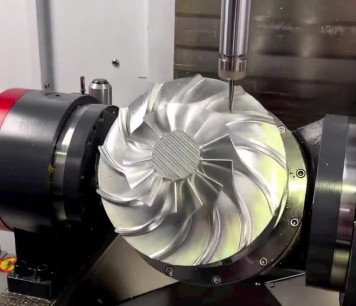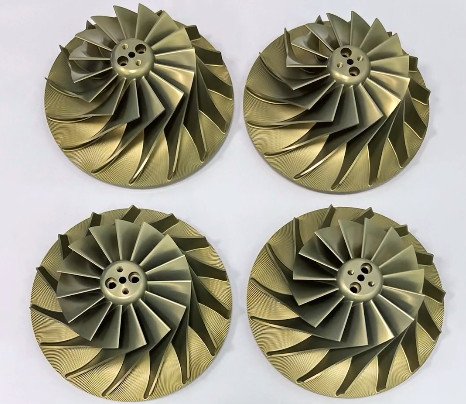Sensor housing, also known as a sensor enclosure, is a critical component that protects sensor core elements, ensuring performance, stability, and longevity. This guide provides a detailed, technical overview of sensor housing design, materials, specifications, and applications. It covers core functions, design features, material choices, and practical considerations for various industries, offering a systematic resource for engineers and designers.
Core Functions of Sensor Housing
Sensor housing serves multiple essential functions to maintain sensor reliability under diverse environmental and operational conditions. These functions are critical to protecting sensitive components and ensuring accurate data collection.
Physical Protection
Sensor housings shield internal components, such as sensing chips, circuits, and terminals, from external contaminants like dust, moisture, oil, and corrosive gases. They also protect against mechanical impacts, vibrations, and pressure, preventing deformation or failure of core elements. For example, pressure sensor housings in industrial settings must withstand high temperatures and mechanical shocks, while underwater sensor housings require robust waterproofing.
Specifications:
- Impact resistance: Measured by standards like IK08 (5J impact).
- Vibration tolerance: Compliant with MIL-STD-810G for rugged environments.
- Material thickness: 1.5–3 mm for plastics, 0.8–2 mm for metals.
Environmental Adaptability
Housings regulate the interaction between sensors and their environment, managing factors like heat transfer, light transmission, and chemical exposure. For instance, infrared sensor housings use materials like germanium glass to allow specific wavelengths while blocking stray light. Thermal management is critical to prevent sensor failure due to temperature extremes, often requiring conductive materials or structural features like heat sinks.
Key parameters:
- Operating temperature range: -40°C to 150°C for industrial sensors.
- Thermal conductivity: Aluminum (205 W/m·K), plastics (0.2–0.5 W/m·K).
- Optical properties: Transmittance for specific wavelengths (e.g., 8–14 µm for IR).
Structural Support and Positioning
Housings provide a stable framework for internal components, ensuring precise alignment of chips, cables, and connectors to maintain measurement accuracy. They also facilitate sensor installation in larger systems through features like threads, snap-fits, or flanges. For example, industrial sensors may include mounting holes or brackets for secure positioning.
Design features:
- Internal fixtures: Grooves, brackets, or positioning pins for component stability.
- Mounting options: M6/M8 threads, flanges, or snap-fit mechanisms.
- Tolerance: ±0.05 mm for high-precision applications.
Electromagnetic Shielding
In environments with high electromagnetic interference (EMI), housings made of conductive materials like aluminum or stainless steel reduce interference with sensor circuits. They also prevent the sensor’s own electromagnetic signals from affecting nearby equipment, ensuring signal integrity. Faraday cage designs or conductive coatings are common solutions.
Standards:
- IEC 61000-4-3: Radiated immunity testing.
- FCC Part 15: EMI emissions compliance.
- Shielding effectiveness: Up to 60 dB for metal housings.
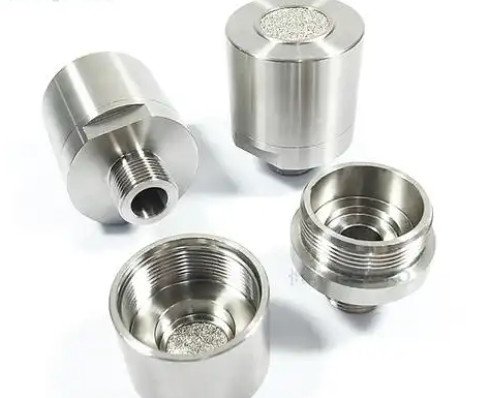
Structural Design Features
The design of sensor housings is tailored to the sensor type, application, and installation environment. Key features include shape, size, interfaces, and internal structures, each optimized for functionality and manufacturability.
Shape and Size
Housing shapes vary from cylindrical to rectangular, depending on the sensor’s purpose. Miniature sensors, like those in smartphones, may have housings as small as 5 mm, while industrial pressure sensors can exceed 10 cm. The design ensures compatibility with the installation space and operational requirements.
Examples:
- Cylindrical: Common for pressure or flow sensors.
- Rectangular: Used in consumer electronics for compact integration.
- Custom shapes: Tailored for specialized applications like aerospace.
Interfaces
Housings include interfaces for cables, signals, and mounting. Waterproof connectors (e.g., M12, M8) ensure secure electrical connections, while mounting holes or flanges facilitate installation. These features must maintain sealing integrity and ease of assembly.
Specifications:
- Connector types: M12 (industrial), USB (consumer), or custom.
- Sealing: IP67/IP68-rated gaskets or O-rings.
- Mounting: Flanges with 4–8 mm diameter holes or snap-fits.
Internal Structure
Internal features, such as grooves, brackets, or positioning pillars, secure sensor components. For high-power sensors, heat-dissipating fins or channels are incorporated to manage thermal loads. These structures ensure component stability and efficient heat transfer.
Design parameters:
- Component clearance: 0.5–2 mm to prevent stress.
- Heat dissipation: Fins with 1–2 mm spacing for convection.
- Assembly method: Snap-fits, screws, or ultrasonic welding.
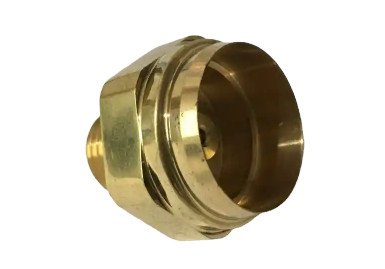
Material Selection for Sensor Housing
Material choice is driven by environmental conditions, cost, and performance requirements. The following materials are commonly used, each with distinct properties suited to specific applications.
Metallic Materials
Metals provide durability, thermal conductivity, and EMI shielding, making them ideal for demanding environments.
- Aluminum Alloy: Lightweight, corrosion-resistant (with anodizing), and easy to machine. Suitable for industrial sensors. Density: 2.7 g/cm³; tensile strength: 300 MPa; max temperature: 200°C.
- Stainless Steel (304/316): High corrosion resistance and strength, ideal for humid or food-grade environments. Density: 7.8 g/cm³; tensile strength: 500–700 MPa; max temperature: 300°C.
- Titanium Alloy: Lightweight and resistant to extreme corrosion, used in aerospace and deep-sea applications. Density: 4.5 g/cm³; tensile strength: 900 MPa.
Non-Metallic Materials
Non-metals offer cost efficiency, insulation, and flexibility for less demanding applications.
- Engineering Plastics (ABS, PBT, PEEK): Low cost, lightweight, and easily molded. ABS: Density 1.05 g/cm³, tensile strength 40–50 MPa, max temperature 80°C. PEEK: High performance, max temperature 250°C.
- Ceramics: High thermal and chemical stability, used in gas sensors or high-temperature environments. Density: 3–6 g/cm³; tensile strength: 200–400 MPa.
- Composites: Combine plastic and metal properties (e.g., plastic with conductive coatings). Density: 1.5–2 g/cm³; tensile strength: 500–2000 MPa.
| Material | Density (g/cm³) | Tensile Strength (MPa) | Max Temperature (°C) | Typical Use |
|---|---|---|---|---|
| Aluminum Alloy | 2.7 | 300 | 200 | Industrial Sensors |
| Stainless Steel | 7.8 | 500–700 | 300 | Food-Grade, Marine |
| ABS Plastic | 1.05 | 40–50 | 80 | Consumer Electronics |
Typical Application Scenarios
Sensor housings are tailored to specific industries, each with unique environmental and operational demands.
Industrial Automation
Pressure and displacement sensors in factories require housings resistant to oil, vibrations, and high temperatures. Stainless steel or aluminum alloys are common, with IP67 sealing for dust and water resistance.
Automotive Electronics
Speed and oxygen sensors in engine compartments face high temperatures and vibrations. Metal housings with robust sealing (e.g., O-rings) ensure durability.
Consumer Electronics
Proximity and light sensors in smartphones use lightweight plastic housings for cost efficiency and compact design.
Medical Devices
Temperature and blood pressure sensor housings require biocompatible materials (e.g., medical-grade plastics or stainless steel) to prevent contamination or allergic reactions.
Environmental Monitoring
Outdoor meteorological sensors need waterproof, UV-resistant housings, often made of corrosion-resistant plastics or aluminum with breathable membranes to balance pressure.
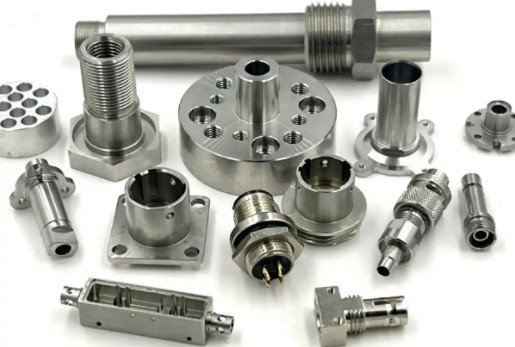
Key Design Considerations
Effective sensor housing design balances protection, performance, and manufacturability. The following considerations are critical:
Sealing Performance
Sealing prevents ingress of liquids or dust, adhering to IP ratings (e.g., IP67 for water jets, IP68 for submersion). Common methods include O-rings, gaskets, or potting compounds.
Specifications:
- IP67: Submersion up to 1 m for 30 minutes.
- IP68: Continuous submersion (depth varies by design).
- Sealing materials: Silicone, EPDM rubber.
Thermal Management
High-power sensors require housings with high thermal conductivity (e.g., aluminum) or structural features like heat-dissipating fins to prevent overheating. Low-power sensors may prioritize insulation.
Parameters:
- Fin spacing: 1–2 mm for optimal convection.
- Thermal resistance: <0.5°C/W for metal housings.
Compatibility
Housings must match the sensor’s internal components and external systems. Interfaces (e.g., M12 connectors) and dimensions ensure seamless integration and assembly.
Cost and Manufacturability
Consumer sensors prioritize low-cost plastics for mass production, while high-end applications (e.g., aerospace) use premium materials like titanium. Manufacturing methods like injection molding or CNC machining are chosen based on volume and precision needs.
| Manufacturing Method | Tolerance (mm) | Cost per Unit | Best for |
|---|---|---|---|
| Injection Molding | ±0.05 | Low ($0.5–$5) | Mass Production |
| CNC Machining | ±0.01 | High ($50–$200) | Prototypes |
| Die Casting | ±0.1 | Moderate ($5–$20) | Medium Volume |
Conclusion
Sensor housing is a vital component that protects and supports sensor functionality across diverse applications. By addressing physical protection, environmental adaptability, structural stability, and electromagnetic shielding, well-designed housings ensure sensor reliability and longevity. Material selection, sealing, thermal management, and manufacturability are key considerations, tailored to specific industries like industrial automation, automotive, and medical devices. This guide provides a technical foundation for designing and implementing effective sensor housing solutions.
